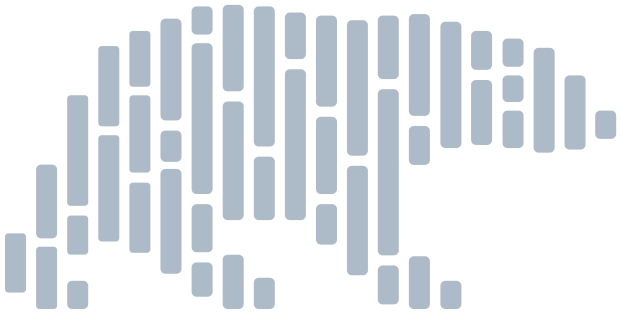polars.datetime#
- polars.datetime(
- year: int | IntoExpr,
- month: int | IntoExpr,
- day: int | IntoExpr,
- hour: int | IntoExpr | None = None,
- minute: int | IntoExpr | None = None,
- second: int | IntoExpr | None = None,
- microsecond: int | IntoExpr | None = None,
- *,
- time_unit: TimeUnit = 'us',
- time_zone: str | None = None,
- ambiguous: Ambiguous | Expr = 'raise',
Create a Polars literal expression of type Datetime.
- Parameters:
- year
Column or literal.
- month
Column or literal, ranging from 1-12.
- day
Column or literal, ranging from 1-31.
- hour
Column or literal, ranging from 0-23.
- minute
Column or literal, ranging from 0-59.
- second
Column or literal, ranging from 0-59.
- microsecond
Column or literal, ranging from 0-999999.
- time_unit{‘us’, ‘ms’, ‘ns’}
Time unit of the resulting expression.
- time_zone
Time zone of the resulting expression.
- ambiguous
Determine how to deal with ambiguous datetimes:
'raise'(default): raise'earliest': use the earliest datetime'latest': use the latest datetime'null': set to null
- Returns:
- Expr
Expression of data type
Datetime.
Examples
>>> df = pl.DataFrame( ... { ... "month": [1, 2, 3], ... "day": [4, 5, 6], ... "hour": [12, 13, 14], ... "minute": [15, 30, 45], ... } ... ) >>> df.with_columns( ... pl.datetime( ... 2024, ... pl.col("month"), ... pl.col("day"), ... pl.col("hour"), ... pl.col("minute"), ... time_zone="Australia/Sydney", ... ) ... ) shape: (3, 5) ┌───────┬─────┬──────┬────────┬────────────────────────────────┐ │ month ┆ day ┆ hour ┆ minute ┆ datetime │ │ --- ┆ --- ┆ --- ┆ --- ┆ --- │ │ i64 ┆ i64 ┆ i64 ┆ i64 ┆ datetime[μs, Australia/Sydney] │ ╞═══════╪═════╪══════╪════════╪════════════════════════════════╡ │ 1 ┆ 4 ┆ 12 ┆ 15 ┆ 2024-01-04 12:15:00 AEDT │ │ 2 ┆ 5 ┆ 13 ┆ 30 ┆ 2024-02-05 13:30:00 AEDT │ │ 3 ┆ 6 ┆ 14 ┆ 45 ┆ 2024-03-06 14:45:00 AEDT │ └───────┴─────┴──────┴────────┴────────────────────────────────┘
We can also use
pl.datetimefor filtering:>>> from datetime import datetime >>> df = pl.DataFrame( ... { ... "start": [ ... datetime(2024, 1, 1, 0, 0, 0), ... datetime(2024, 1, 1, 0, 0, 0), ... datetime(2024, 1, 1, 0, 0, 0), ... ], ... "end": [ ... datetime(2024, 5, 1, 20, 15, 10), ... datetime(2024, 7, 1, 21, 25, 20), ... datetime(2024, 9, 1, 22, 35, 30), ... ], ... } ... ) >>> df.filter(pl.col("end") > pl.datetime(2024, 6, 1)) shape: (2, 2) ┌─────────────────────┬─────────────────────┐ │ start ┆ end │ │ --- ┆ --- │ │ datetime[μs] ┆ datetime[μs] │ ╞═════════════════════╪═════════════════════╡ │ 2024-01-01 00:00:00 ┆ 2024-07-01 21:25:20 │ │ 2024-01-01 00:00:00 ┆ 2024-09-01 22:35:30 │ └─────────────────────┴─────────────────────┘

